Home>Garden Essentials>How To Plant Sprouted Apple Seeds
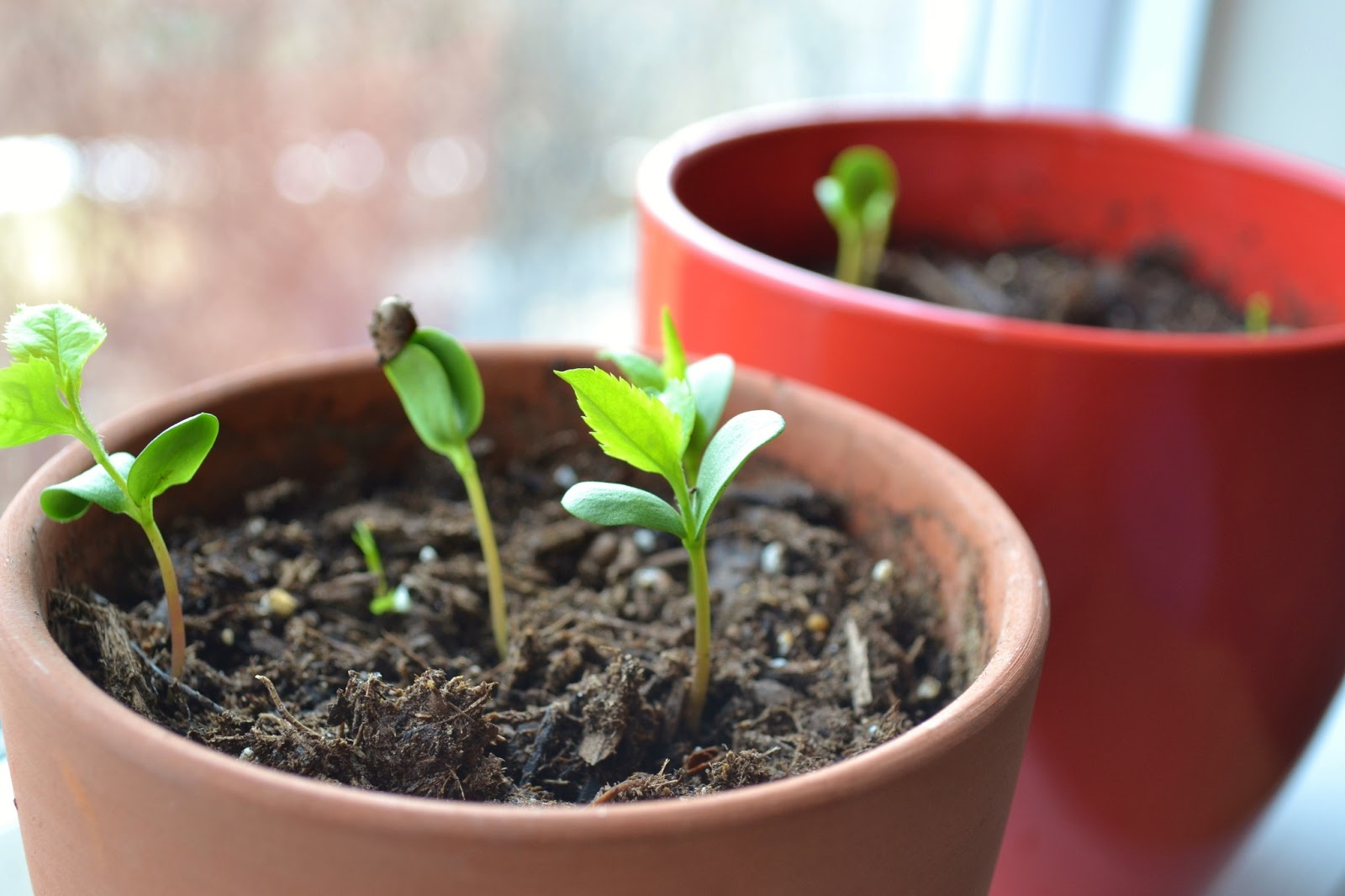

Garden Essentials
How To Plant Sprouted Apple Seeds
Modified: March 24, 2024
Learn how to plant sprouted apple seeds in your garden and grow your own apple trees. Step-by-step guide for successful apple seed planting.
(Many of the links in this article redirect to a specific reviewed product. Your purchase of these products through affiliate links helps to generate commission for Storables.com, at no extra cost. Learn more)
Introduction
Gardening is a wonderful hobby that allows us to connect with nature and experience the joy of nurturing life. One of the most rewarding experiences in gardening is growing plants from seed. While many gardeners are familiar with starting plants from seeds purchased from nurseries, there is another exciting option: planting sprouted apple seeds. Not only is it a fun and educational activity, but it also gives you the opportunity to grow your own apple tree right from the very beginning. In this article, we will guide you through the process of planting sprouted apple seeds and provide helpful tips for caring for your apple seedlings.
Before we dive into the details, let’s take a moment to appreciate the beauty and significance of apple trees. Apples are not just a delicious and nutritious fruit; they have a rich history and cultural significance. From crisp reds to tart greens, apples come in a variety of colors and flavors, making them a versatile and beloved fruit worldwide. Whether you’re interested in growing apples for personal consumption or simply to add beauty to your garden, planting sprouted apple seeds is a great way to start.
Now that we’re inspired, let’s gather the materials needed for this exciting gardening project.
Key Takeaways:
- Planting sprouted apple seeds is a fun and educational way to grow your own apple tree from the very beginning, connecting you with nature and the joy of nurturing life.
- By following simple steps and providing proper care, you can transform sprouted apple seeds into healthy, productive apple trees, enjoying the satisfaction of growing your own apples.
Read more: How To Plant Apple Seeds
Gathering Materials
Before you begin planting sprouted apple seeds, it’s important to gather all the necessary materials. Having these items prepared beforehand will make the process smoother and more enjoyable. Here’s a list of what you’ll need:
- Apple Seeds: Start by acquiring apple seeds from the variety of apple you desire. You can save seeds from apples you’ve enjoyed or collect them from a local orchard. Make sure the seeds are clean and dry before proceeding.
- Paper Towels: You’ll need to dampen paper towels to germinate the apple seeds. Ensure you have enough paper towels to cover the seeds comfortably.
- Ziploc Bags or Seed Starting Trays: You have the option to use Ziploc bags or seed starting trays to germinate the seeds. Both methods work well, so choose the one that suits your preference and available resources.
- Potting Soil: High-quality potting soil is essential for growing healthy apple seedlings. Look for a well-draining soil mix specifically formulated for seed starting or young plants.
- Plant Pots: Once the seeds have germinated, you’ll need small plant pots to transplant the sprouted seeds into. Choose pots with drainage holes to prevent waterlogged soil.
- Watering Can or Spray Bottle: A watering can or spray bottle will allow you to water your apple seedlings gently, preventing overwatering and damage to delicate roots.
- Grow Lights or a Sunny Window: Adequate lighting is crucial for the growth of your apple seedlings. If you don’t have access to a sunny window, consider using artificial grow lights.
- Fertilizer: Once your apple seedlings have established themselves, you may want to provide them with a balanced fertilizer to promote healthy growth. Look for a fertilizer specifically formulated for young plants.
- Gardening Gloves: While not essential, gardening gloves can protect your hands from thorns and rough soil during the planting process.
Once you have assembled all these materials, you are ready to prepare the apple seeds for germination. Let’s move on to the next step.
Preparing the Seeds
Before you can begin the germination process, it’s important to properly prepare the apple seeds. This preparation will help ensure a high germination rate and increase the chances of success. Here’s how to prepare your apple seeds:
- Soak the Seeds: Start by soaking the apple seeds in water for 24 hours. This will help to hydrate the seeds and prepare them for germination.
- Clean the Seeds: After soaking, gently rinse the seeds to remove any leftover pulp or residue. Use your fingers or a soft brush to clean the seeds. Make sure they are completely clean before proceeding.
- Stratify the Seeds (Optional): Some apple varieties require a process called stratification, which mimics the natural cold period they experience during winter. If your apple variety requires stratification, place the cleaned seeds in a plastic bag with a damp paper towel and refrigerate them for 4-8 weeks. This will help break the seed’s dormancy and promote germination.
By following these steps, you have now prepared the apple seeds for germination. Let’s move on to the exciting process of germinating the seeds.
Germinating the Seeds
Germination is the process of getting the seeds to sprout and develop into seedlings. Proper germination is essential for the healthy growth of your apple seedlings. Here’s how to germinate your apple seeds:
- Dampen Paper Towels: Take a few paper towels and dampen them with water. Make sure they are moist but not dripping wet.
- Place Seeds on Paper Towels: Spread out the damp paper towels on a flat surface and lay the apple seeds on top, spacing them out to allow room for growth.
- Fold and Seal Paper Towels: Carefully fold the damp paper towels over the seeds, creating a secure enclosure. If using Ziploc bags, place the folded paper towels with seeds inside and seal the bag. If using seed starting trays, cover them with a clear plastic lid or wrap them with plastic wrap.
- Provide Warmth and Darkness: Apple seeds germinate best in a warm and dark environment. Place the sealed paper towels or covered seed starting trays in a warm spot, such as the top of a refrigerator or in a cabinet.
- Check for Germination: After a week or two, carefully check the paper towels or seed starting trays for signs of germination. You should see small white roots emerging from the seeds. If you notice any mold or rot, remove those seeds immediately.
- Transfer to Plant Pots: Once the seeds have germinated, it’s time to transfer them to individual plant pots filled with potting soil. Gently plant each sprouted seed with the root facing downwards and cover it lightly with soil.
With these steps, you have successfully germinated your apple seeds and are now ready to plant the sprouted seeds. Let’s move on to the next section.
After sprouting, plant apple seeds in a pot with well-draining soil, water regularly, and place in a sunny spot. Transplant to a larger pot or outdoors once the seedling is established.
Planting the Sprouted Seeds
Now that your apple seeds have sprouted and are ready for planting, it’s time to get them into the soil. Here is a step-by-step guide to planting your sprouted apple seeds:
- Choose the Right Location: Select a sunny spot in your garden or a suitable area for container gardening. Apple trees thrive in full sun, so make sure to choose a location that receives at least six hours of direct sunlight each day.
- Prepare the Soil: If you’re planting in the ground, loosen the soil in the planting area using a garden fork or tiller. Remove any weeds or rocks that might impede the growth of your seedlings. If you’re planting in containers, fill each pot with high-quality potting soil, leaving about an inch of space at the top.
- Transplant the Seedlings: Carefully remove each sprouted seed from its germination paper towel or seed starting tray. Place the seedling in a small indentation in the soil or in a pre-dug hole. Gently cover the root and the base of the stem with soil, ensuring the seedling stands straight. If planted in a container, leave about an inch of space at the top for watering.
- Water the Seedlings: Give the newly transplanted seedlings a thorough watering. Ensure that the soil is evenly moist but not waterlogged. Avoid overwatering, as it can lead to root rot. Water the seedlings regularly, keeping the soil consistently moist but never soggy.
- Mulch the Soil: For both in-ground and container-grown apple seedlings, apply a layer of organic mulch around the base of the plants. This will help conserve moisture, suppress weeds, and provide essential nutrients as it breaks down over time. Leave a small gap between the mulch and the stem to prevent rot.
- Monitor and Protect: Keep a close eye on your newly planted apple seedlings. Monitor their growth, water them regularly, and protect them from extreme weather conditions, pests, and diseases. Use plant stakes or tree guards to provide support and protect the young saplings.
By following these steps, you have successfully planted your sprouted apple seeds and set them on their journey to becoming healthy apple trees. Now all that’s left is to care for your apple seedlings as they grow.
Read more: When To Plant Brussel Sprout Seeds
Caring for the Apple Seedlings
Now that your apple seedlings are planted and on their way to becoming robust trees, it’s important to provide them with proper care. Here are some essential tips for nurturing your apple seedlings:
- Watering: Apple seedlings need regular irrigation to establish strong root systems. Water them deeply once or twice a week, depending on the weather conditions. Ensure that the soil remains evenly moist, but avoid overwatering to prevent root rot.
- Light and Temperature: Apple trees thrive in full sun, so make sure your seedlings receive at least six hours of direct sunlight daily. If you’re growing them indoors, use artificial grow lights to provide adequate light intensity and duration. Maintain a temperature between 60-75°F (15-24°C) for optimal growth.
- Fertilization: As your apple seedlings grow, they will benefit from regular feeding. Apply a balanced, slow-release fertilizer specifically formulated for young plants during the growing season. Follow the package instructions for proper application rates.
- Pruning: As your apple seedlings develop, occasional pruning will help shape them and promote robust growth. Prune any damaged or crossing branches, and maintain an open center structure for better air circulation and light penetration.
- Weed Control: Keep the area around your apple seedlings free from weeds, which compete for nutrients and water. Mulching around the base of the seedlings will help suppress weed growth. Remove any weeds that do emerge to prevent them from overtaking your young trees.
- Pest and Disease Control: Monitor your apple seedlings for signs of pests or diseases, such as aphids or fungal infections. Regularly inspect the leaves, stems, and fruit for any abnormalities. Introduce natural predators, like ladybugs, to control aphids, and use organic pest control measures if necessary.
- Support and Training: As your apple seedlings grow taller, they may require support to prevent bending or breakage. Install stakes or use tree guards to provide support and protect them from strong winds or heavy rain. Train the main stem of the tree to grow straight by gently tying it to a stake.
With proper care and attention, your apple seedlings will flourish and grow into healthy, productive apple trees. Remember to be patient, as it can take several years for your trees to mature and produce fruit. Enjoy the journey and the satisfaction of growing your own apples!
Conclusion
Congratulations! You’ve reached the end of this comprehensive guide on how to plant sprouted apple seeds. By following the steps and tips outlined in this article, you’ve learned how to go from a simple seed to nurturing young apple seedlings that have the potential to grow into magnificent apple trees.
Planting sprouted apple seeds is a rewarding and fulfilling experience. It allows you to connect with nature, engage in a fun gardening project, and witness the beauty of nature’s growth. From the process of gathering materials to preparing the seeds, germinating them, and finally planting the sprouted seeds, you’ve acquired the knowledge and skills needed to embark on this journey.
As you care for your apple seedlings, remember to provide them with adequate water, sunlight, and nutrition. Be vigilant against pests and diseases, and maintain a favorable growing environment. With time, patience, and proper care, you will see your seedlings transform into sturdy apple trees, bearing delectable fruits for you and your loved ones.
So, get your hands dirty, embrace the joys of gardening, and enjoy the process of growing your own apple trees. May your garden flourish with the beauty and abundance of nature’s creations!
Frequently Asked Questions about How To Plant Sprouted Apple Seeds
Was this page helpful?
At Storables.com, we guarantee accurate and reliable information. Our content, validated by Expert Board Contributors, is crafted following stringent Editorial Policies. We're committed to providing you with well-researched, expert-backed insights for all your informational needs.
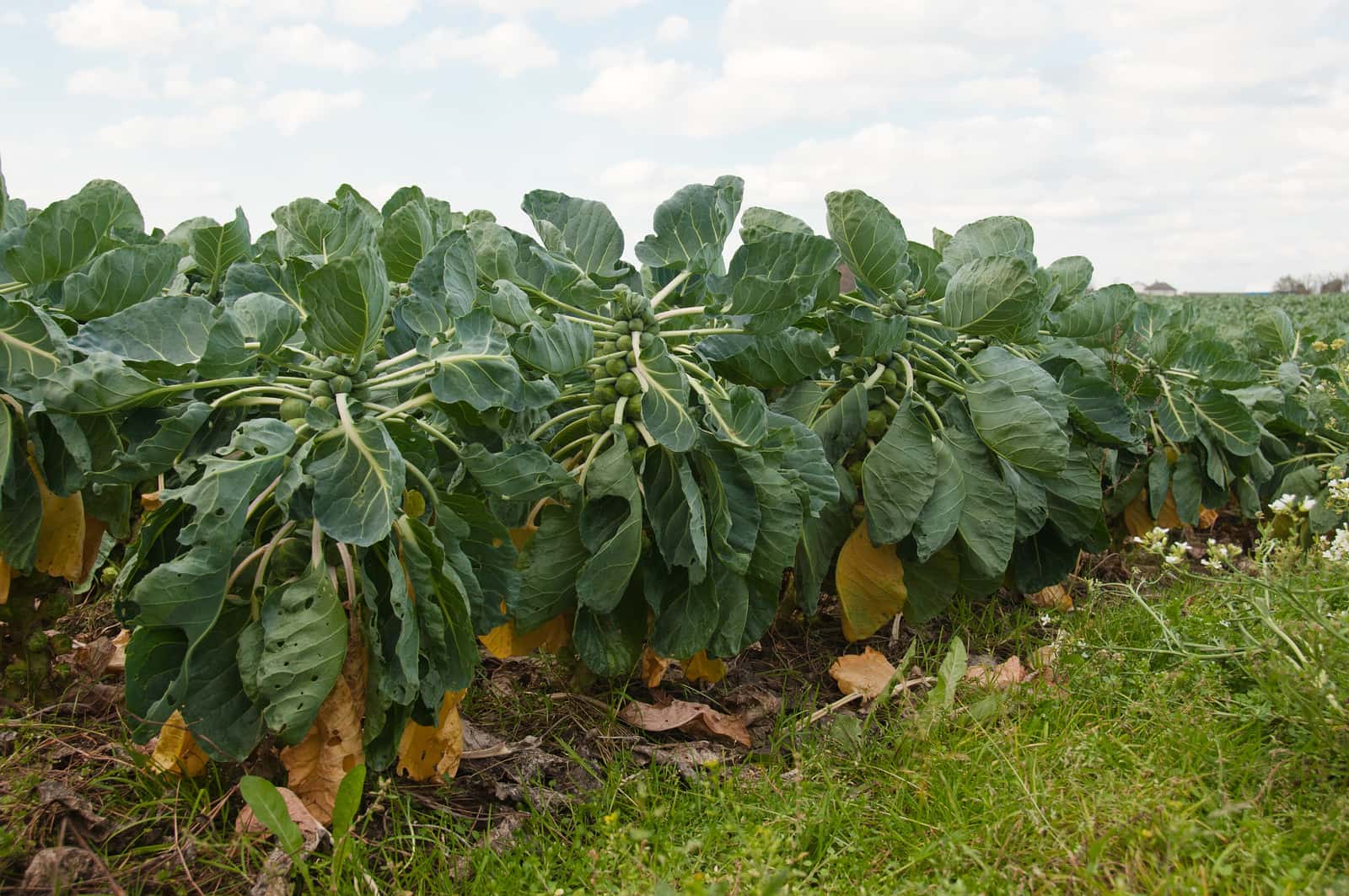
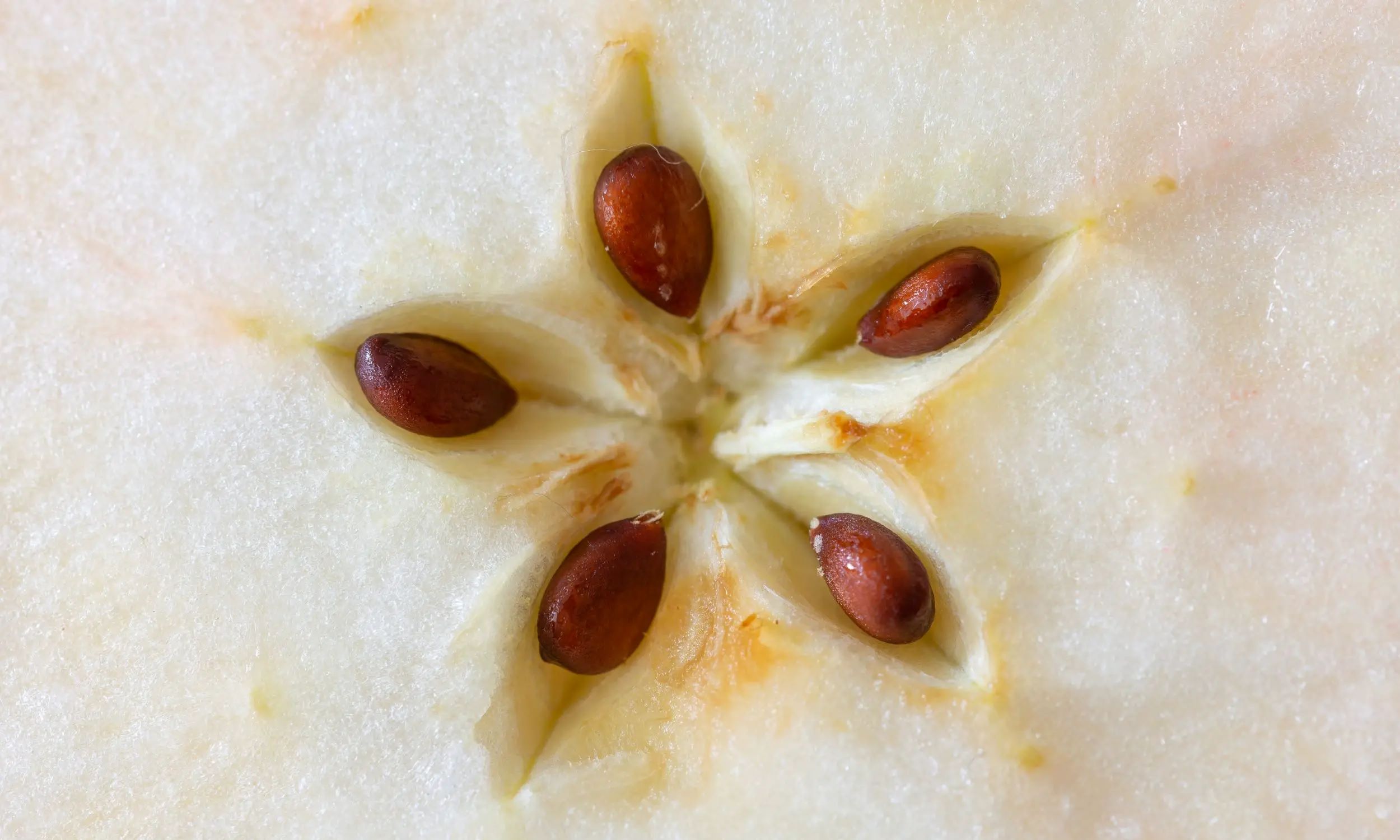
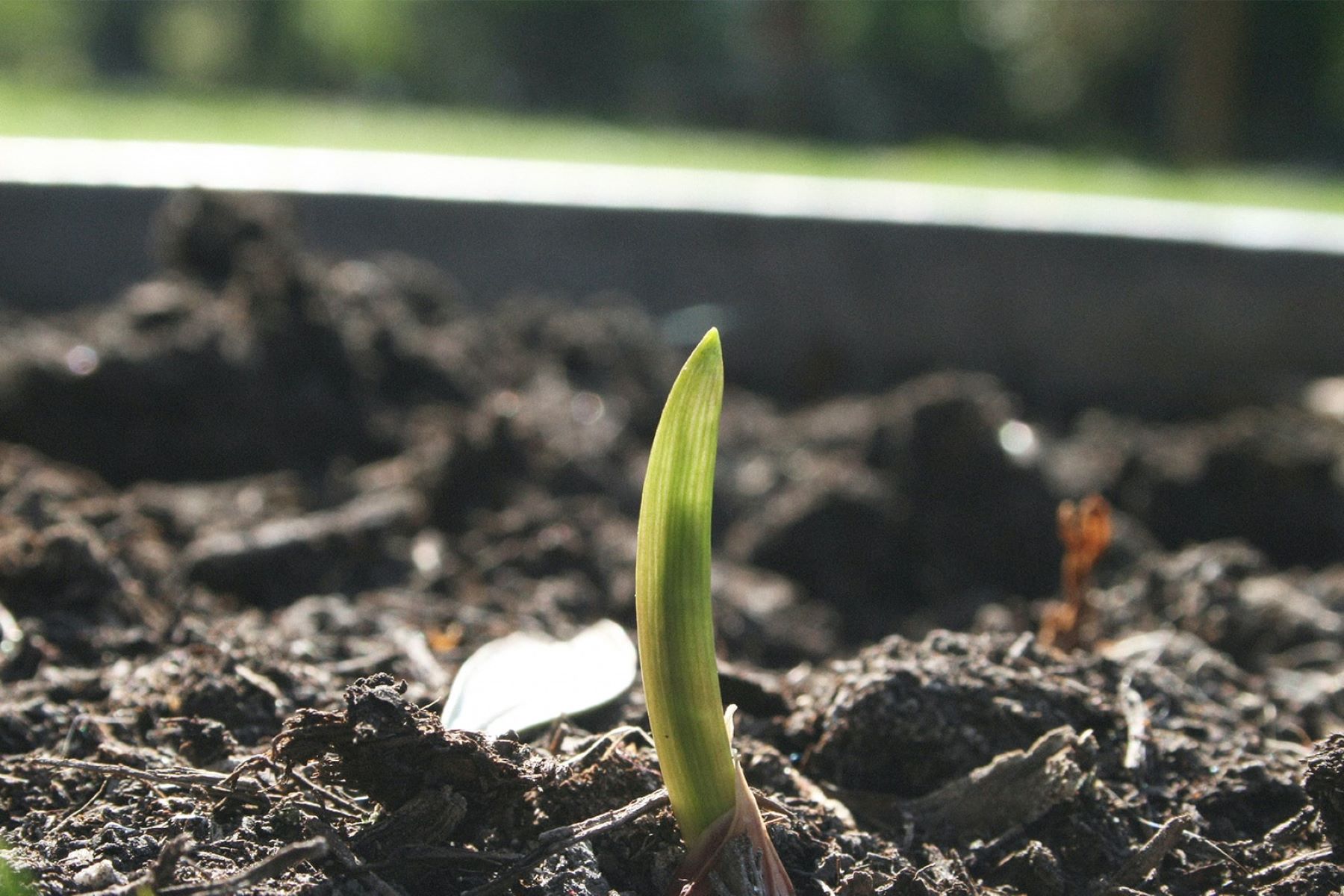
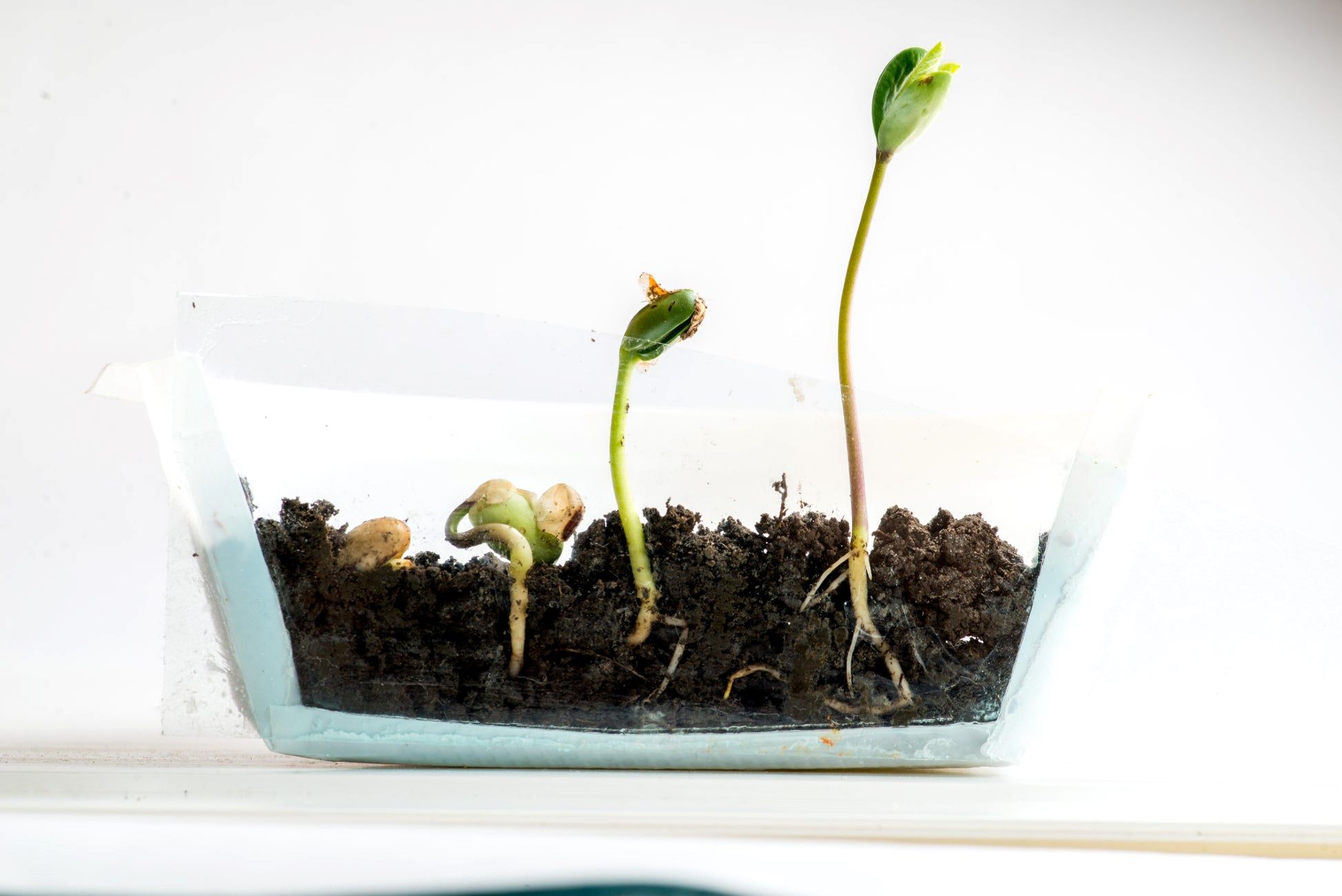
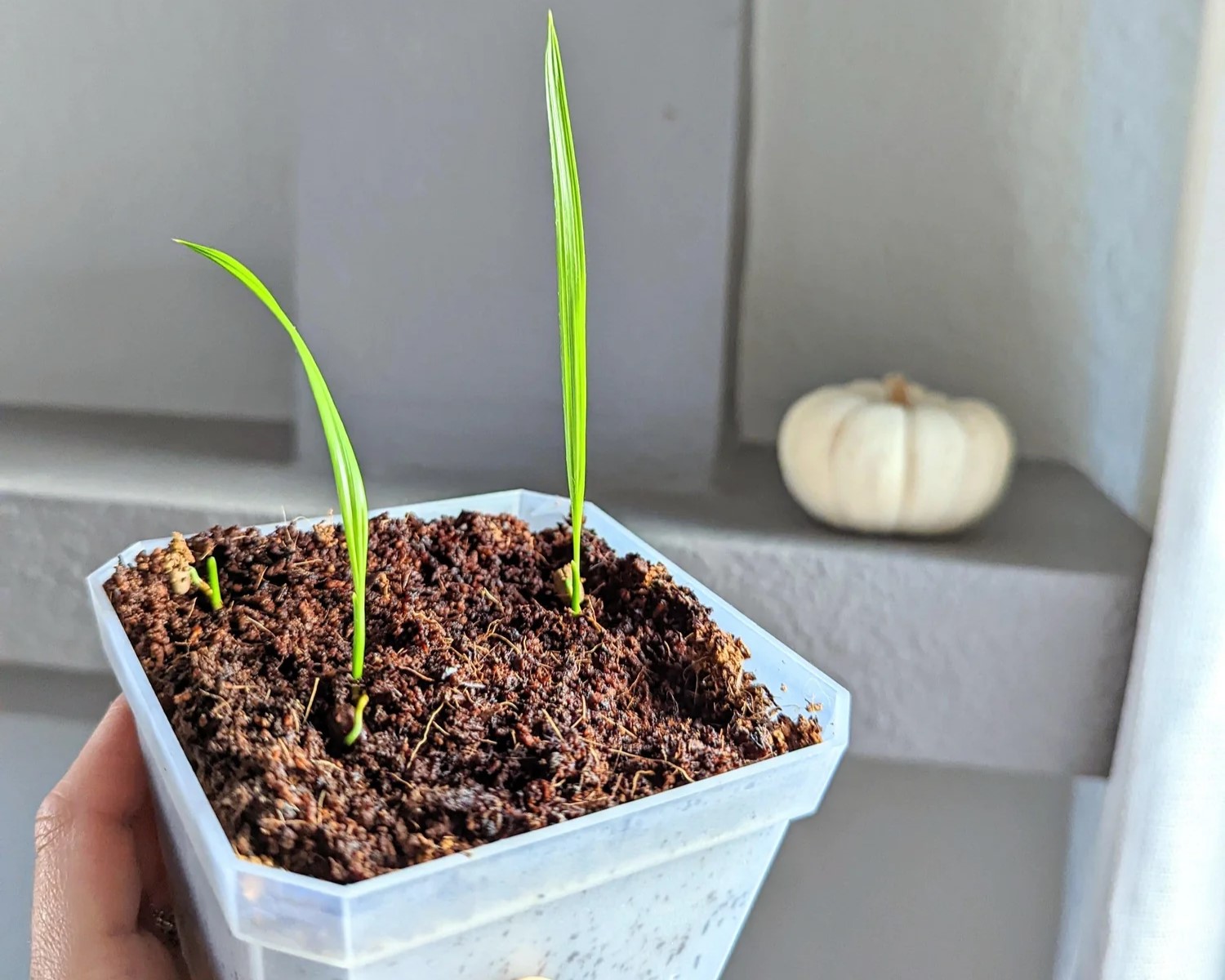
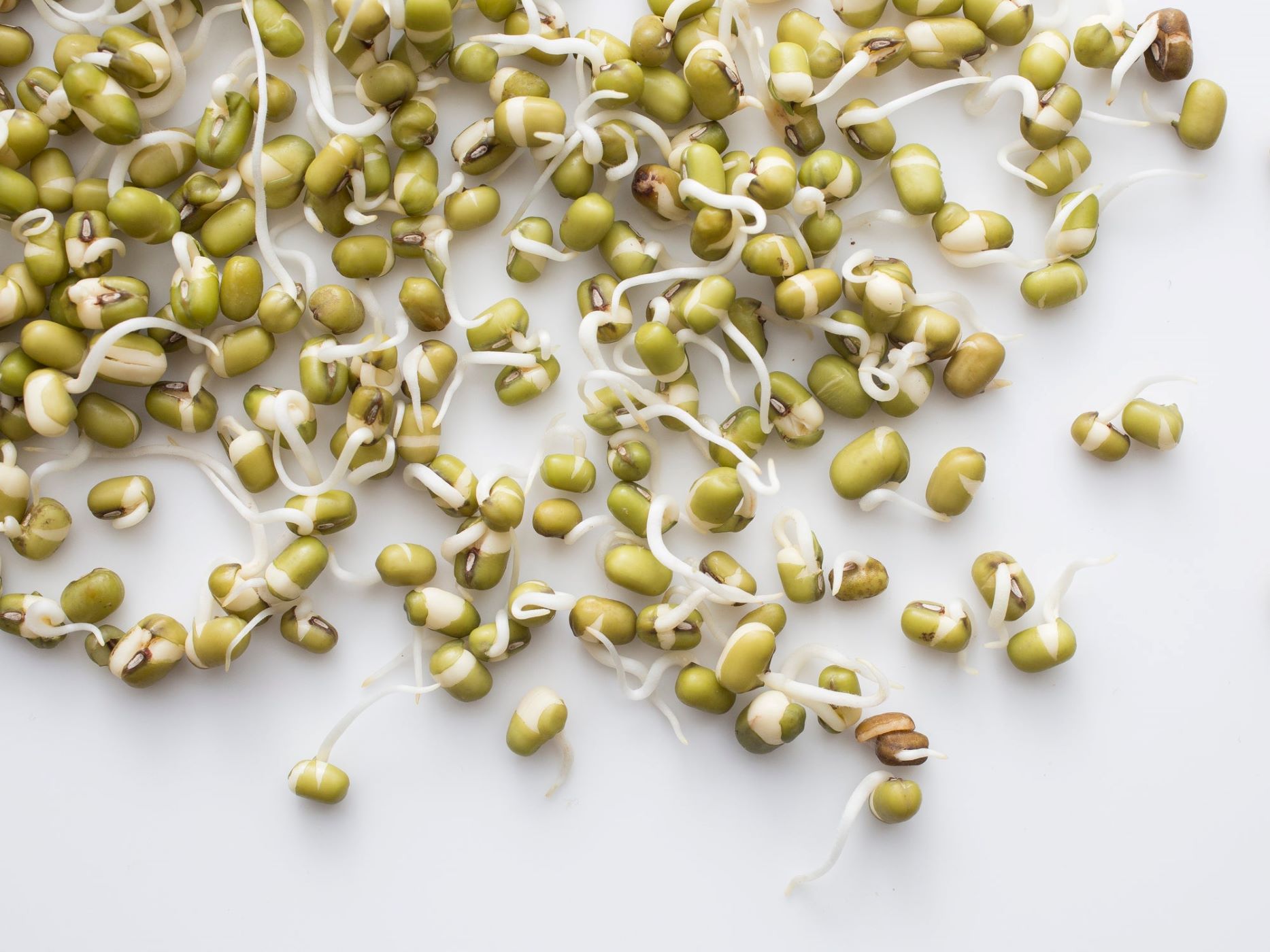
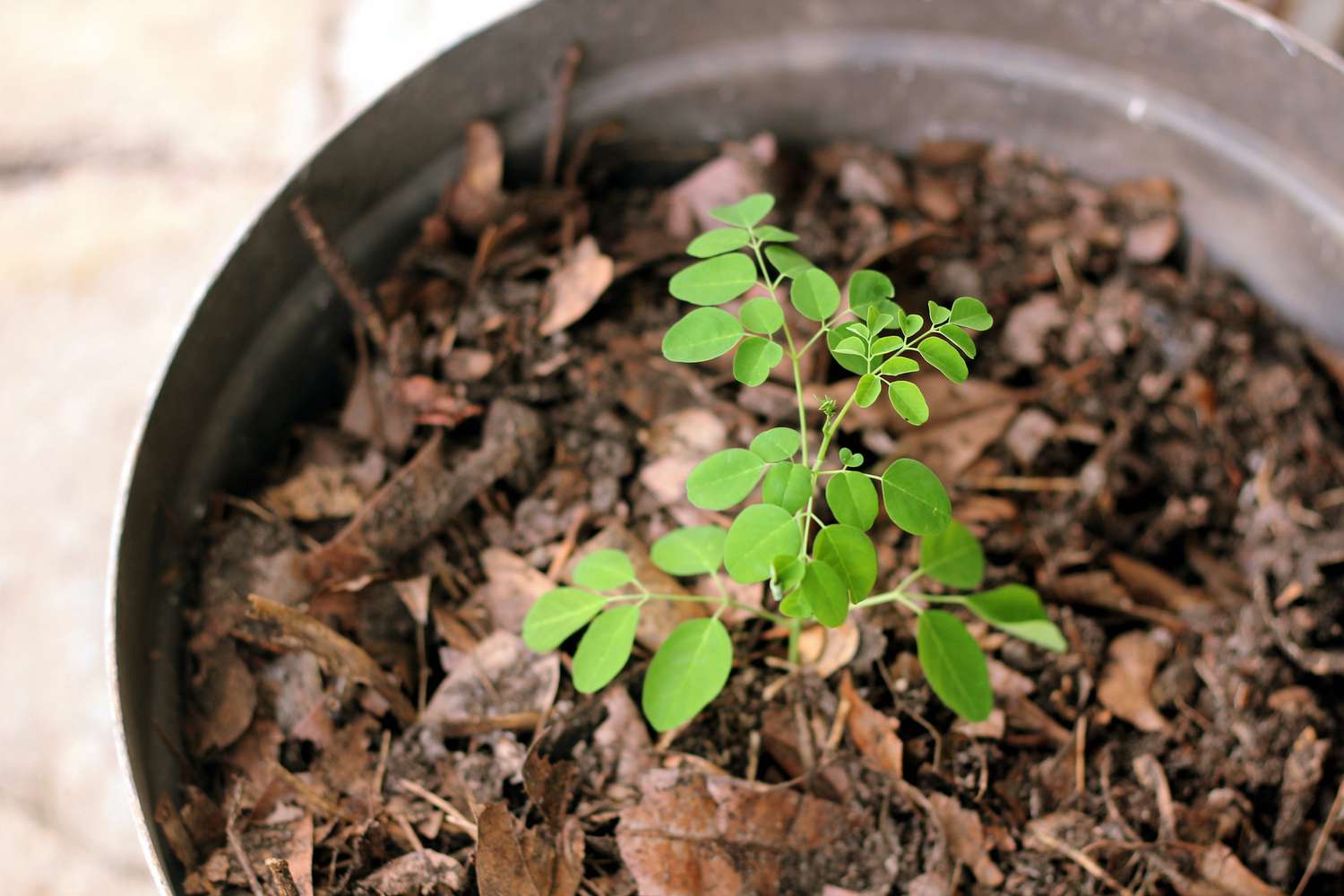
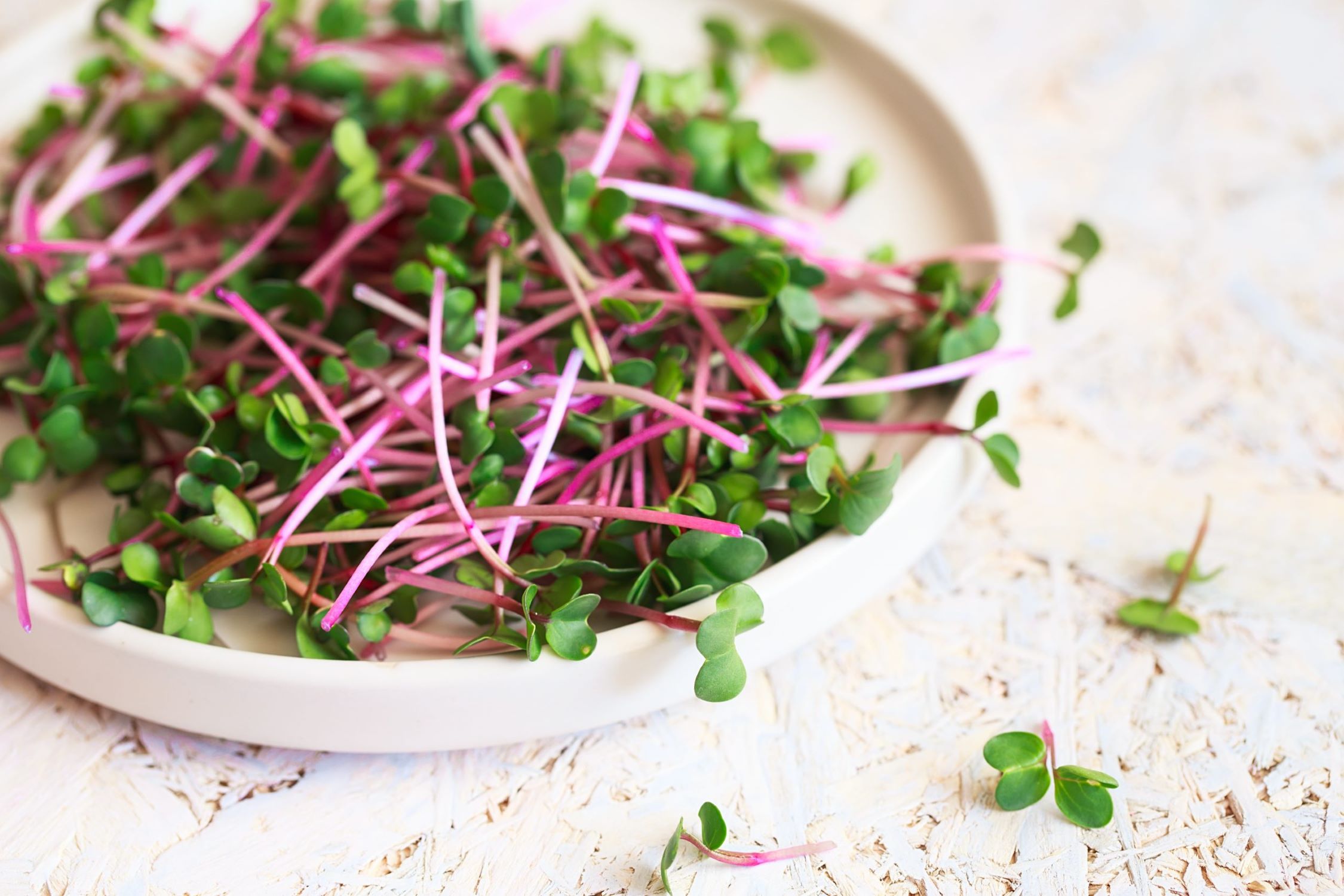
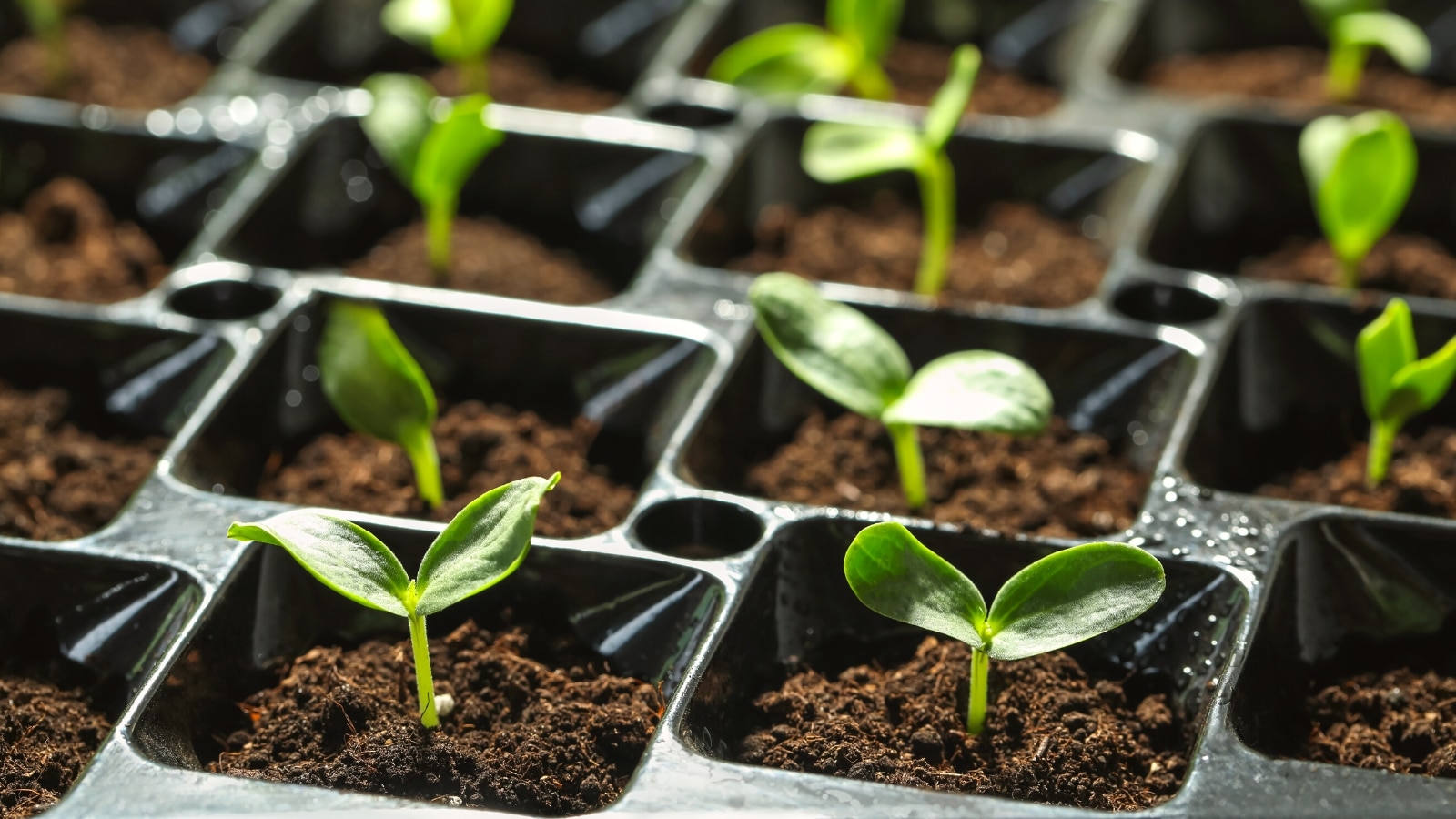
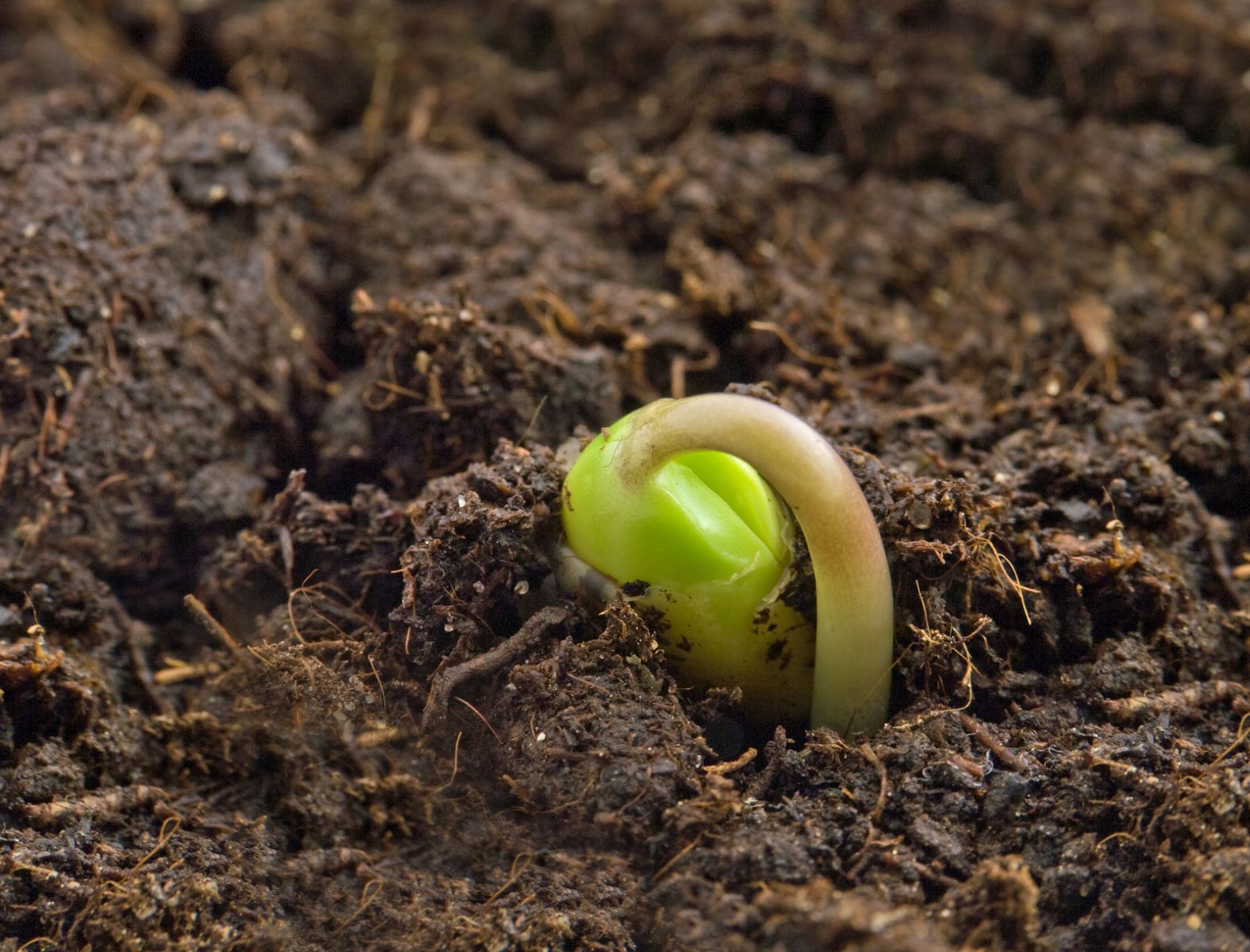
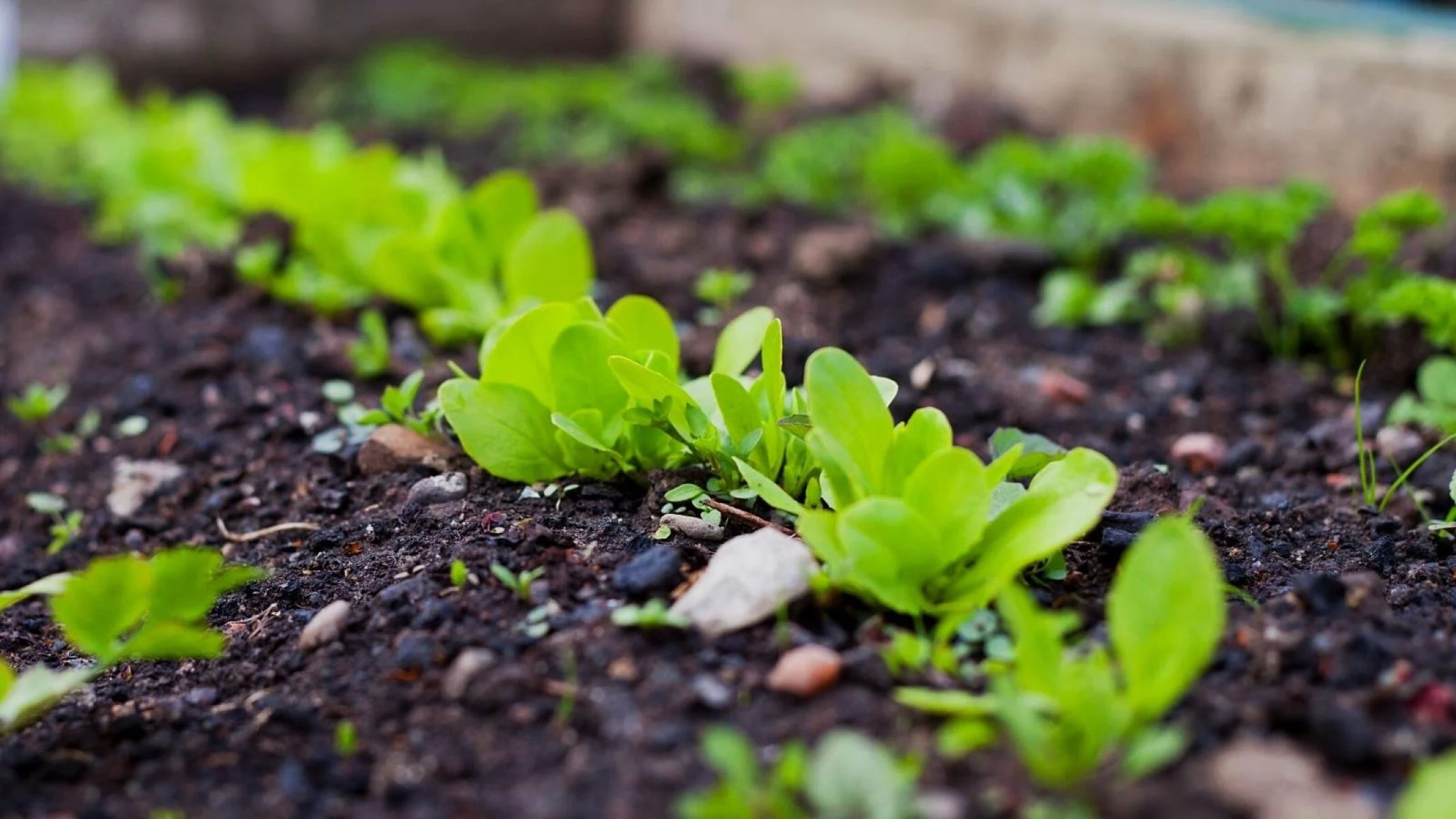
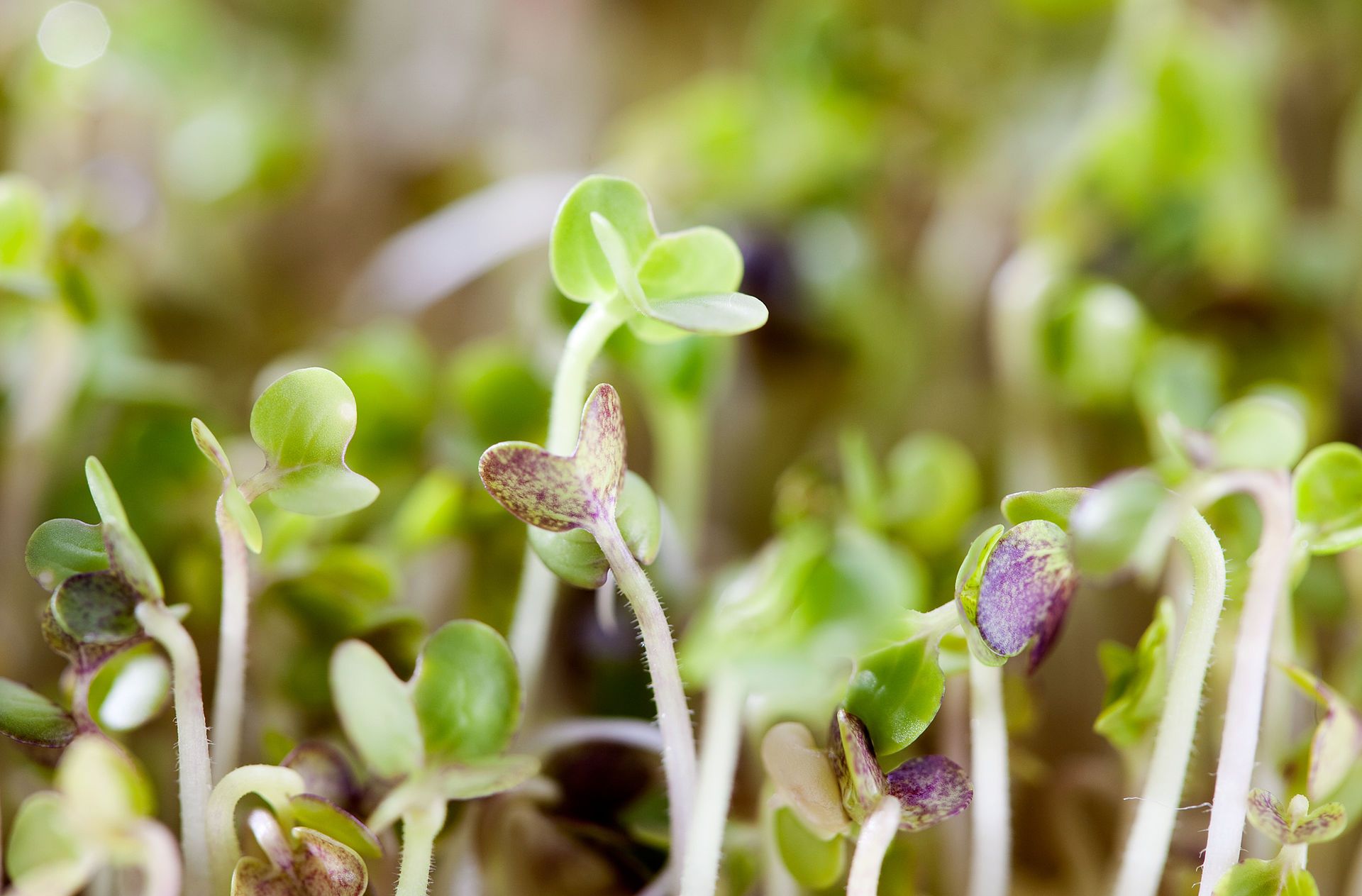
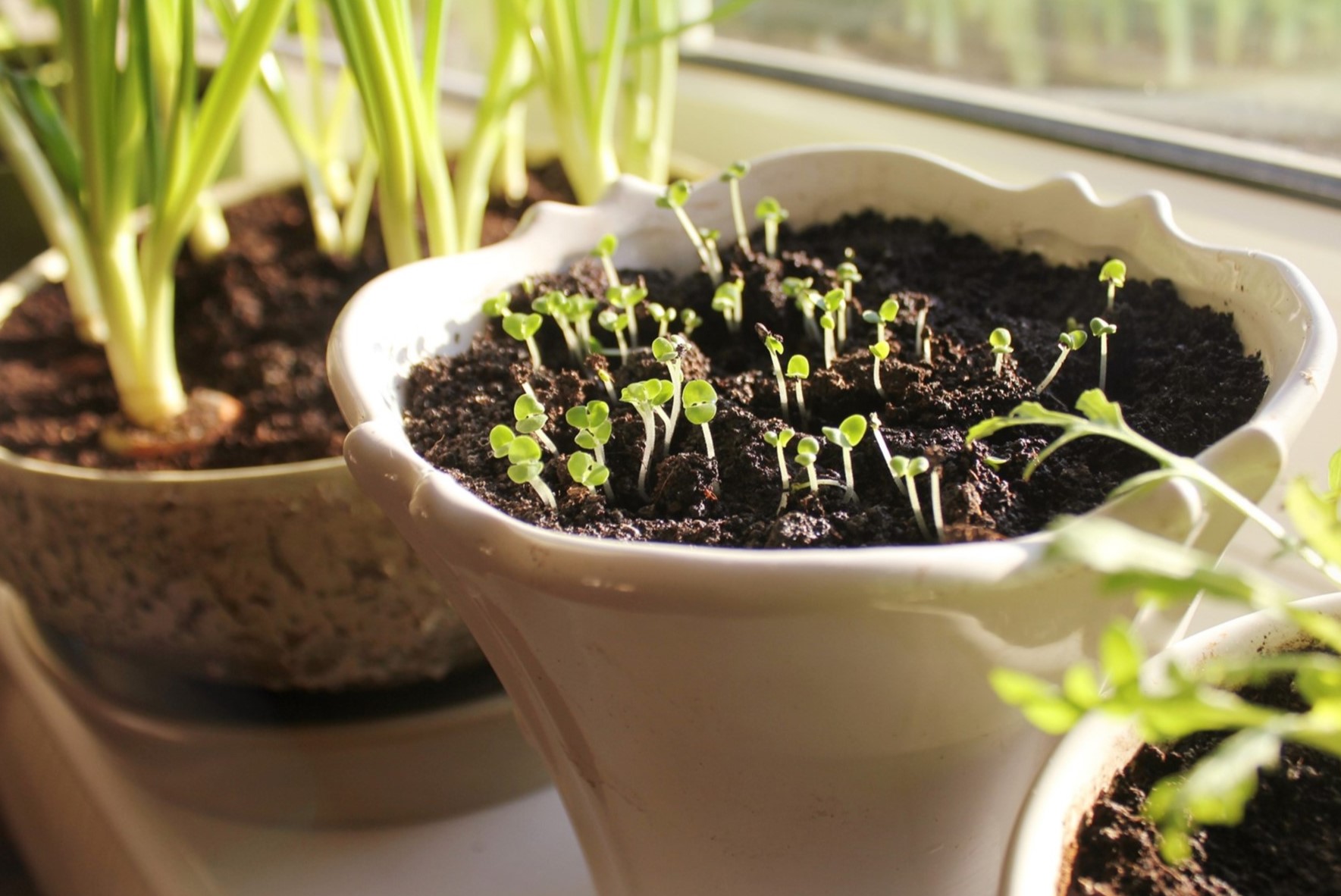
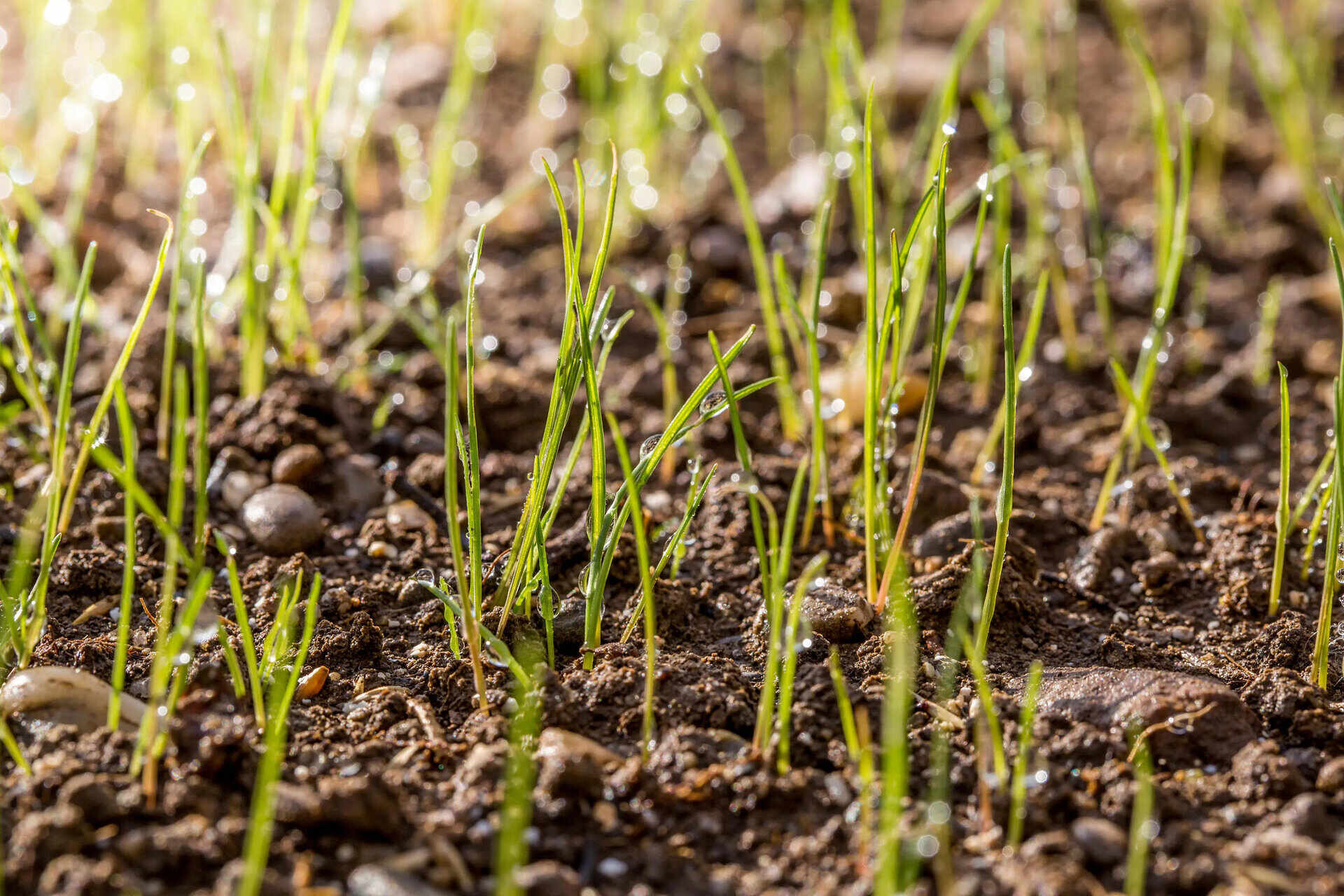

0 thoughts on “How To Plant Sprouted Apple Seeds”